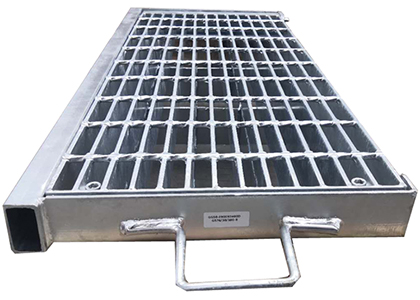Trench cover vs. Trench grating is a common debate in the construction industry. Trench covers are solid metal plates that are used to cover trenches and provide a safe walking surface. They are often used in areas where heavy foot traffic is expected, such as sidewalks, parking lots, and industrial sites. Trench gratings, on the other hand, are open grid panels that are used to cover trenches. They allow for the drainage of water and other liquids while still providing a sturdy walking surface. Both trench covers and trench gratings have their own advantages and disadvantages, and the choice between the two will depend on the specific needs of the project.

One of the main differences between trench covers and trench gratings is their design. Trench covers are typically solid and heavy-duty, making them suitable for areas where heavy loads are expected. They are often made of materials such as cast iron, steel, or aluminum, and can withstand the weight of vehicles and heavy machinery. Trench gratings, on the other hand, are designed to be lightweight and open, allowing for the passage of liquids and debris. They are commonly made of materials such as stainless steel, galvanized steel, or fiberglass, and are ideal for areas where drainage is a priority.

Another difference between trench covers and trench gratings is their installation. Trench covers are typically bolted or welded in place, providing a secure and permanent solution for covering trenches. They require professional installation to ensure that they are properly secured and aligned. Trench gratings, on the other hand, are often designed to be removable, allowing for easy access to the trench for maintenance and cleaning. They can be installed with frames or as standalone panels, providing flexibility in their application.

